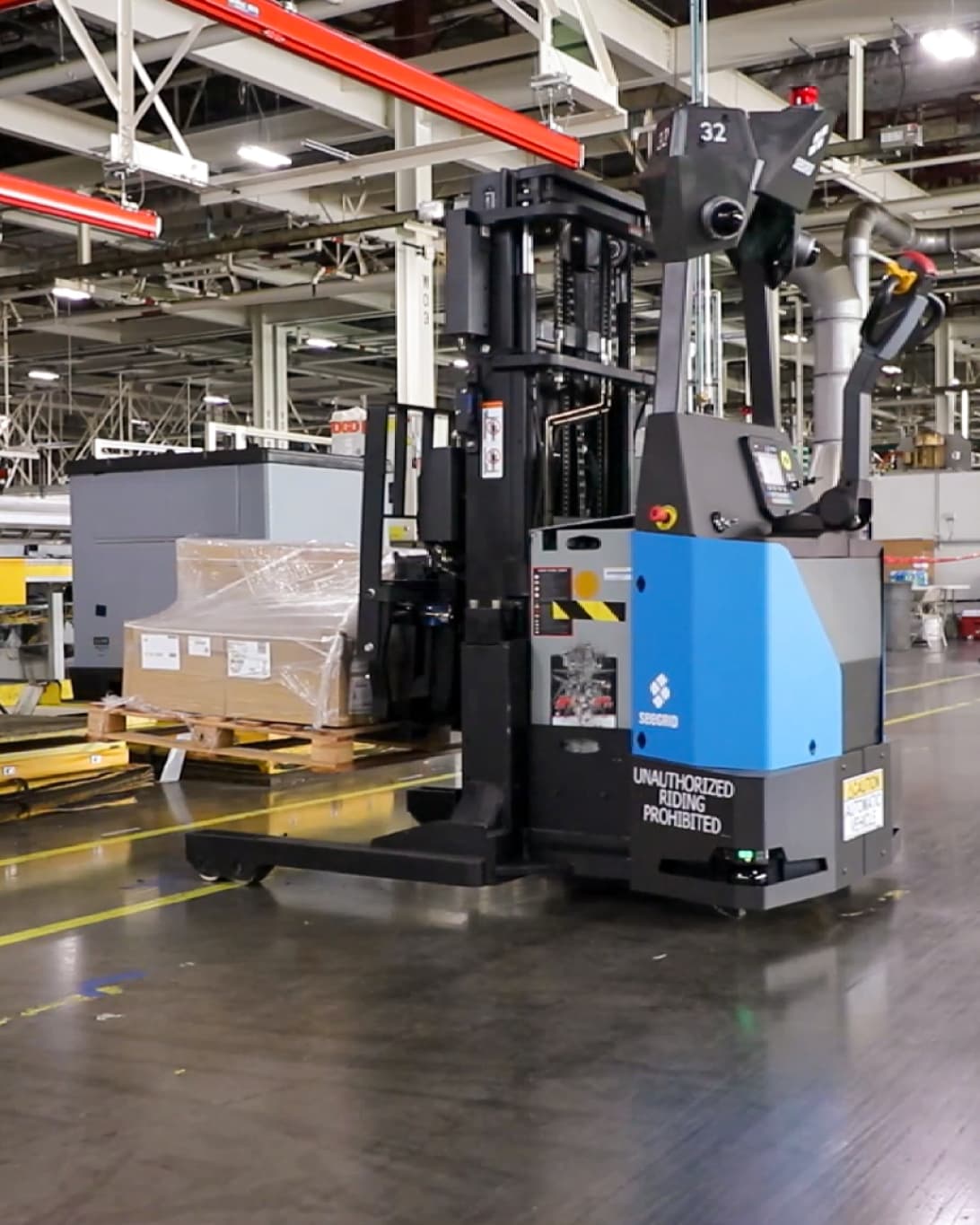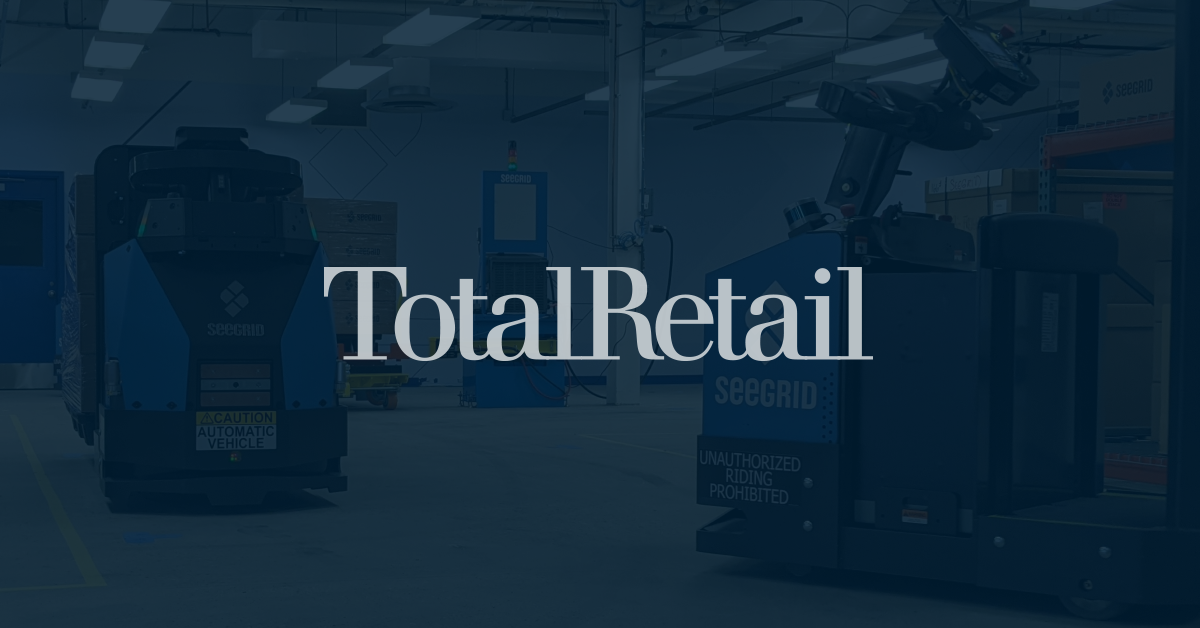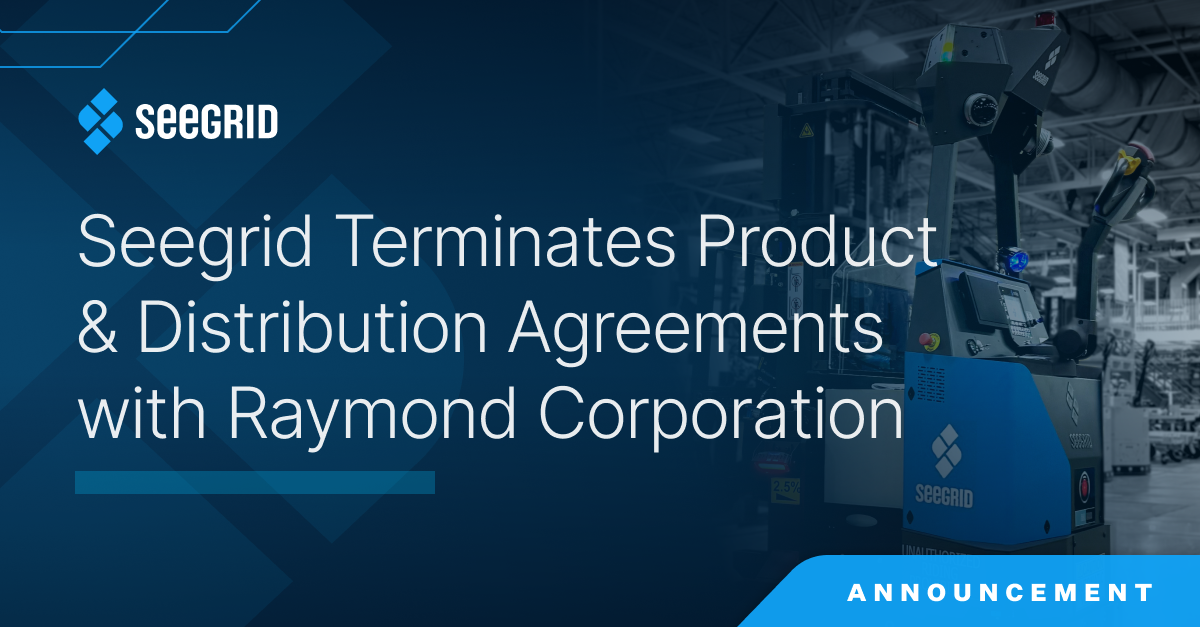Consumer behavior has been evolving over time, but never has it changed so rapidly in such a short period as it did in 2020. COVID-19 almost single-handedly forced consumers to embrace online shopping, as many physical stores shut down or reduced hours to comply with COVID-19 mandates.
Consumers turned to online retailers for everything from toilet paper and groceries to toys and books. People also started placing a larger number of smaller orders, all while continuing to expect to get items cheaper and faster than ever.
Even as some pandemic-related restrictions and challenges appeared to ease last fall, consumers continued online shopping, beginning their holiday gift buying earlier, extending the holiday shopping season longer than ever. COVID-19-related shifts in buying behavior translated into an additional $41.54 billion in digital revenue for November-December. The result was a near-permanent period of seasonal surge that has put incredible pressure on an already strained supply chain.
These shifts in consumer habits will continue to place enormous pressure on companies' supply chains to not only keep up with the overwhelming consumer demand, but also to maintain operations while keeping employees safe. Automation is one critical solution that has helped the retail industry address today’s challenges by improving safety and optimizing efficiency in warehouses.







